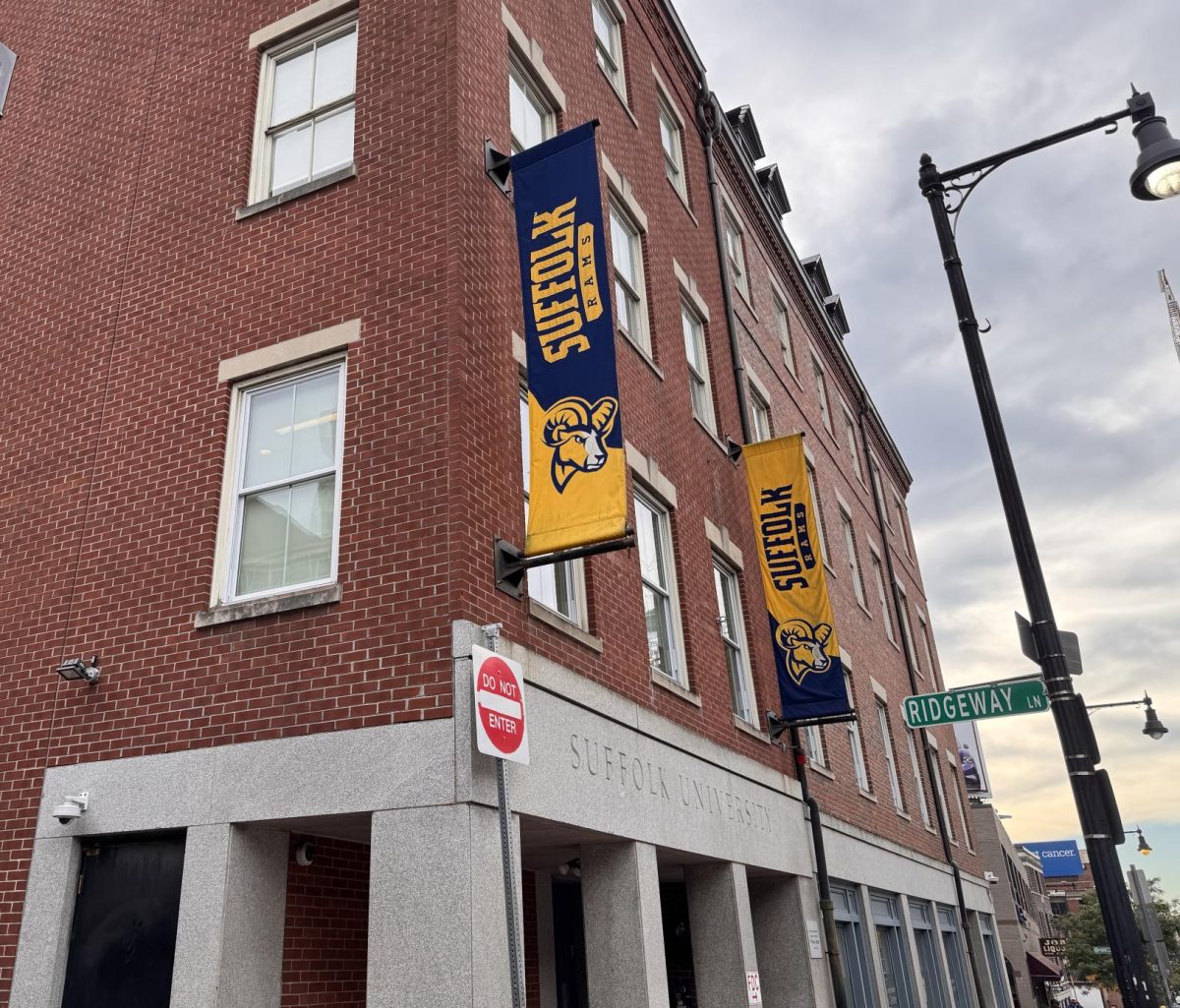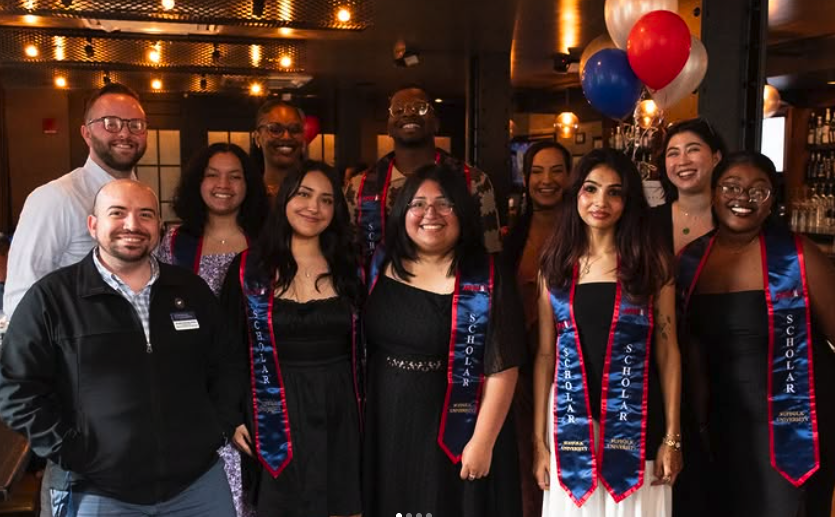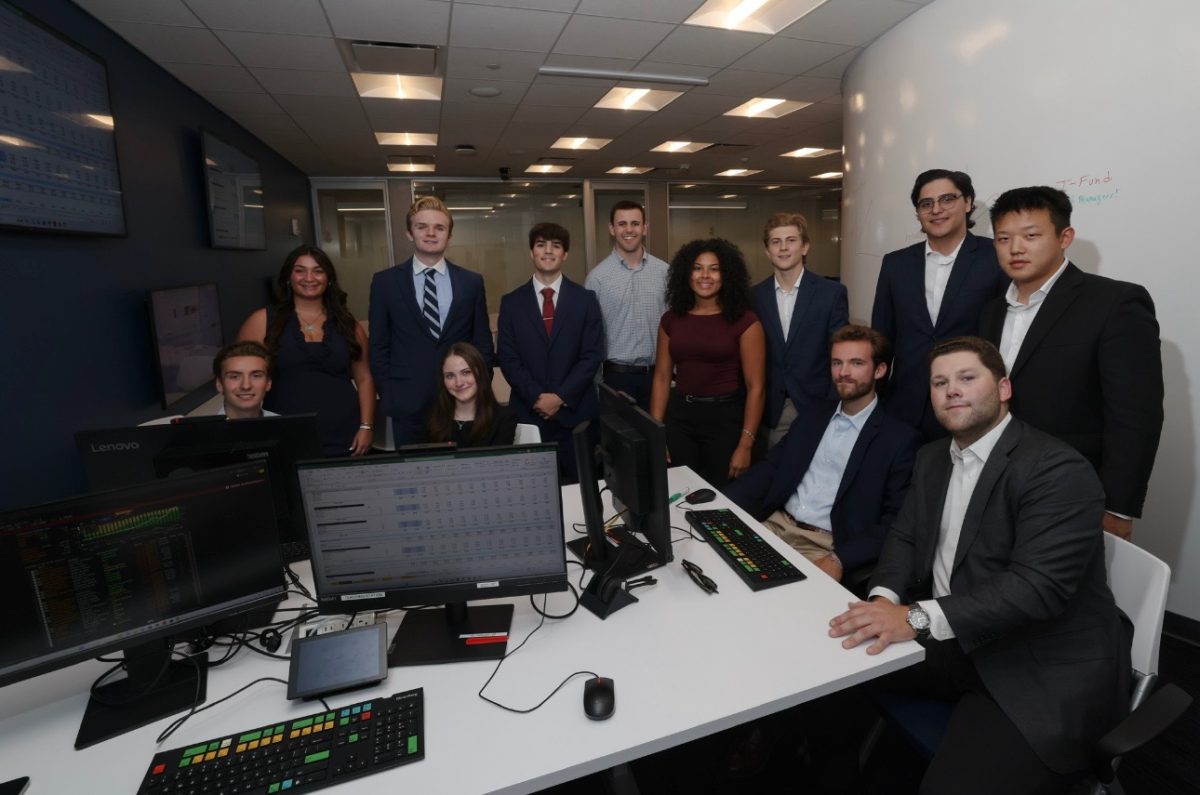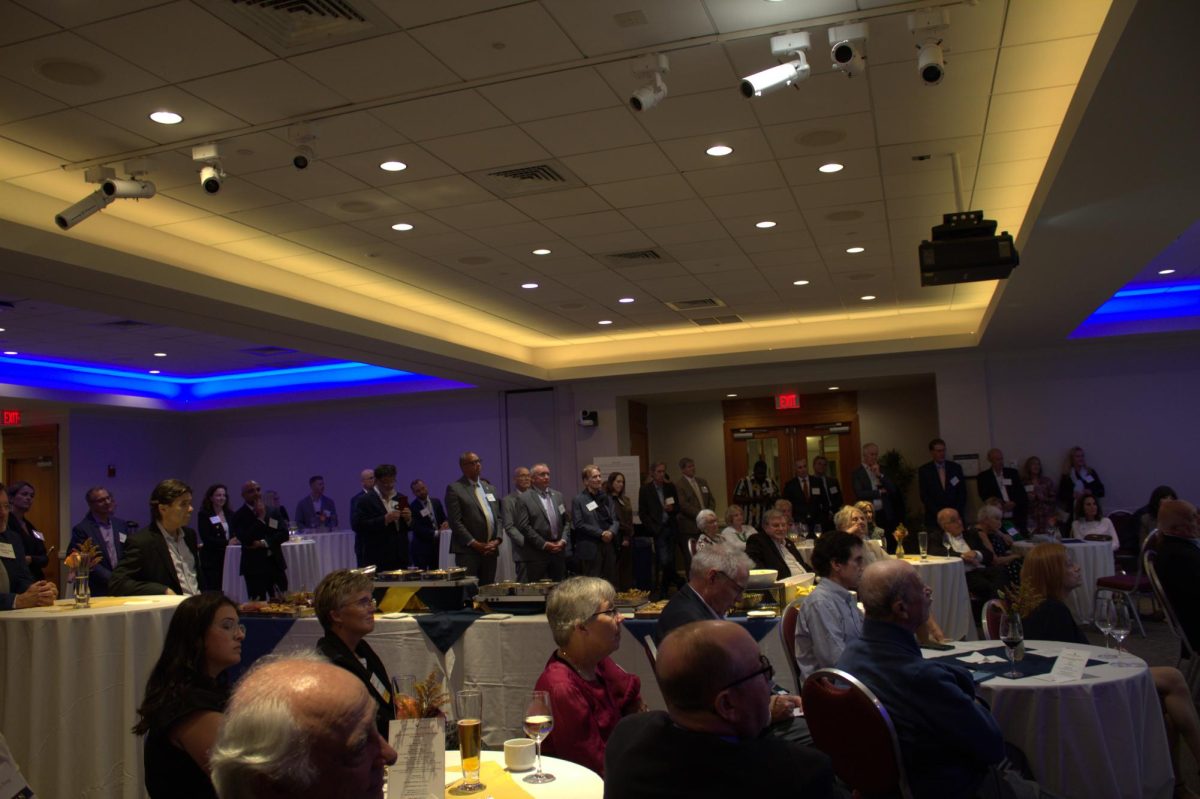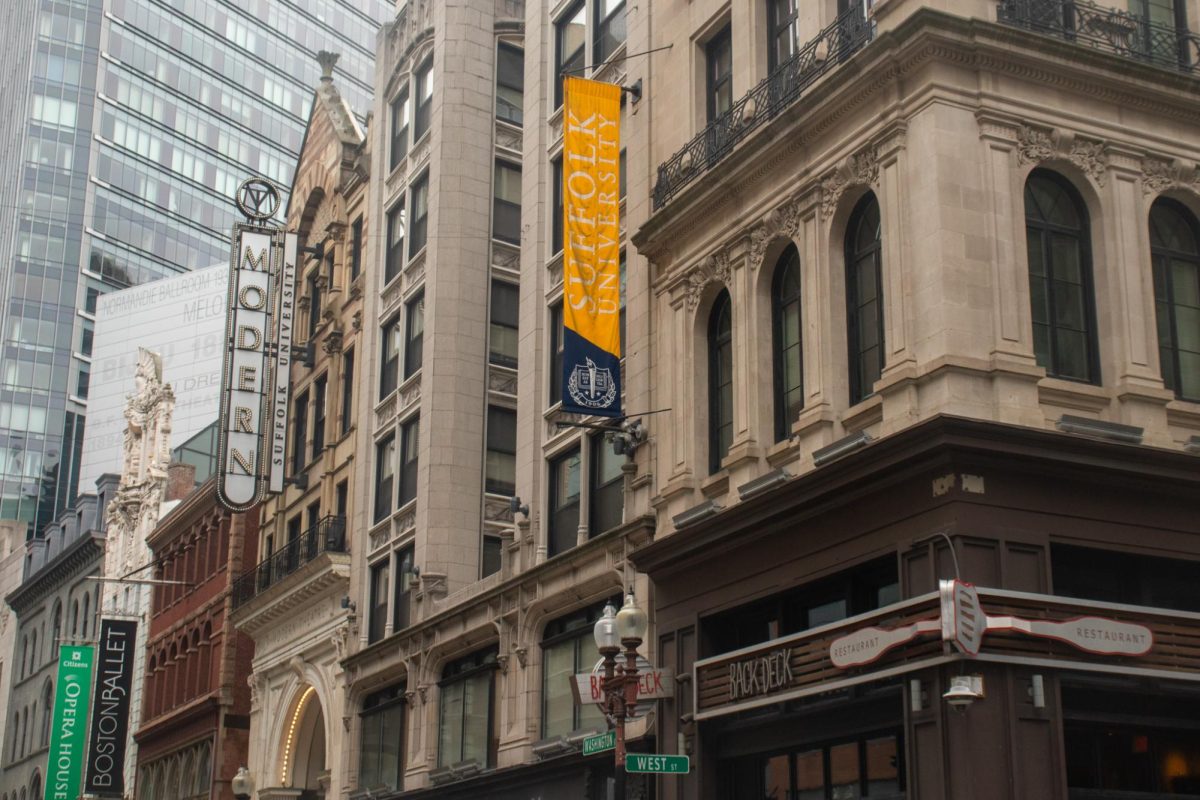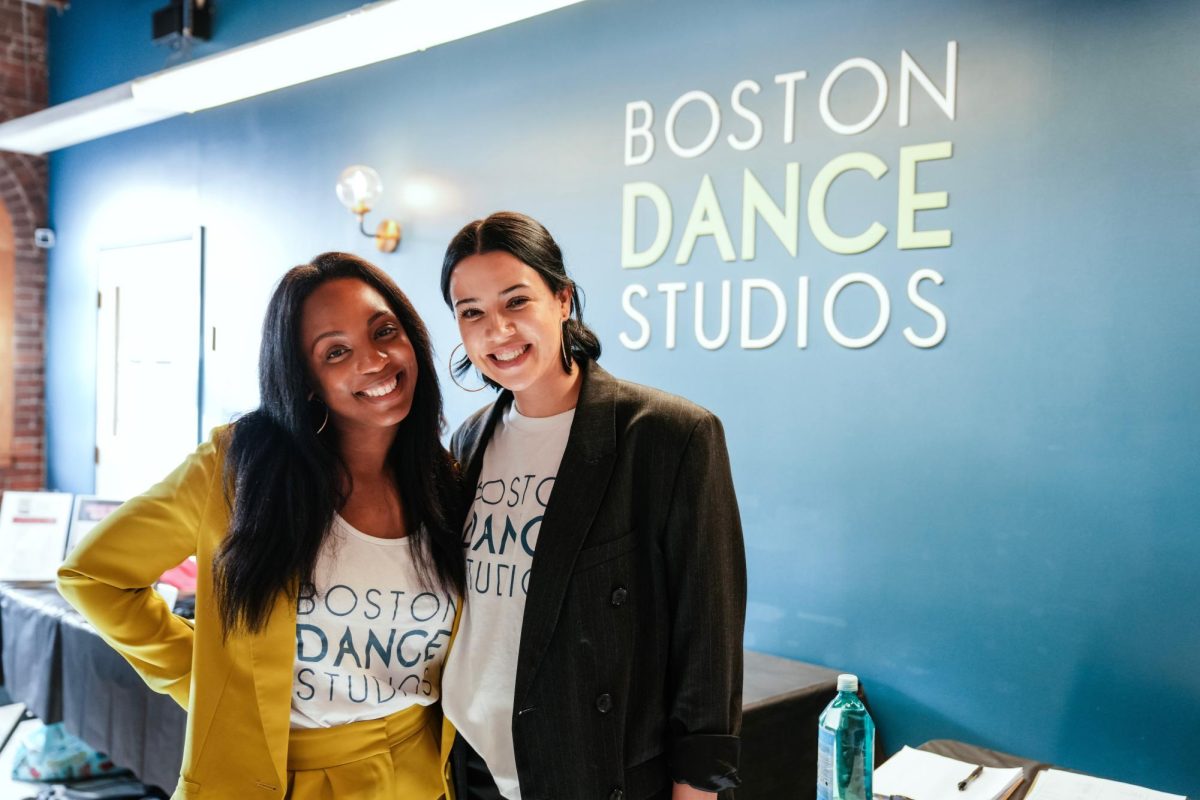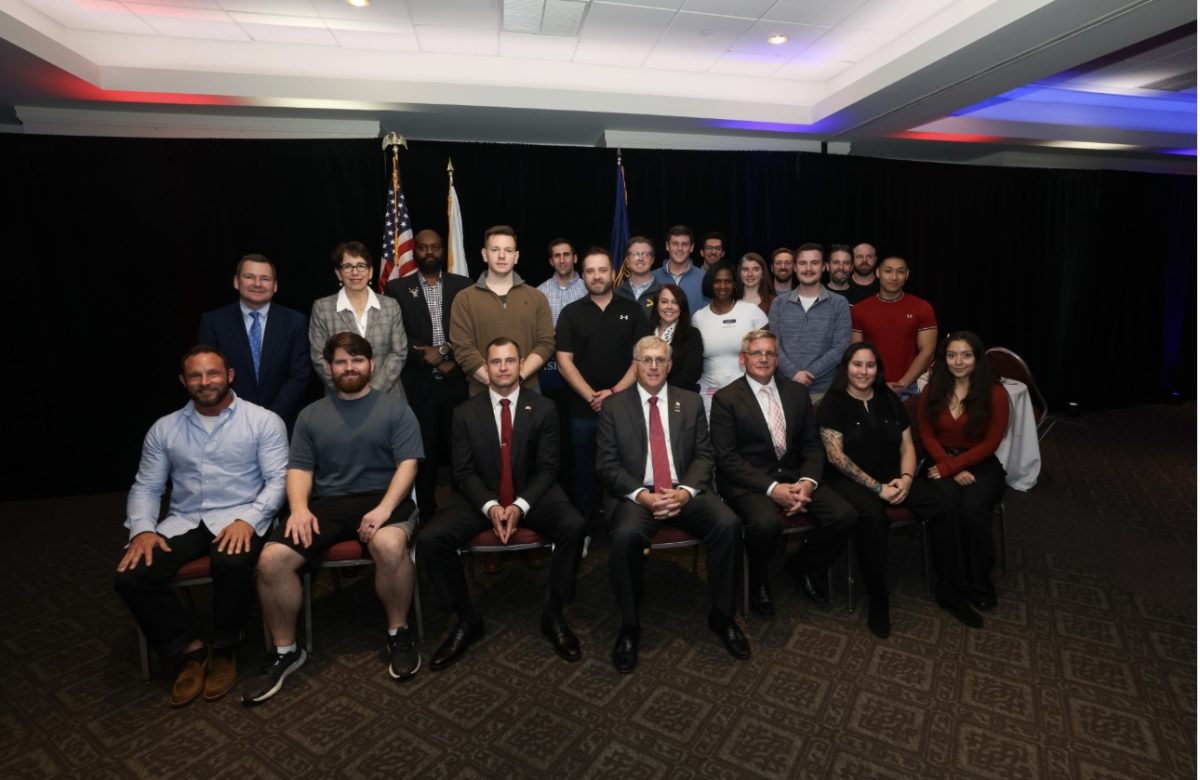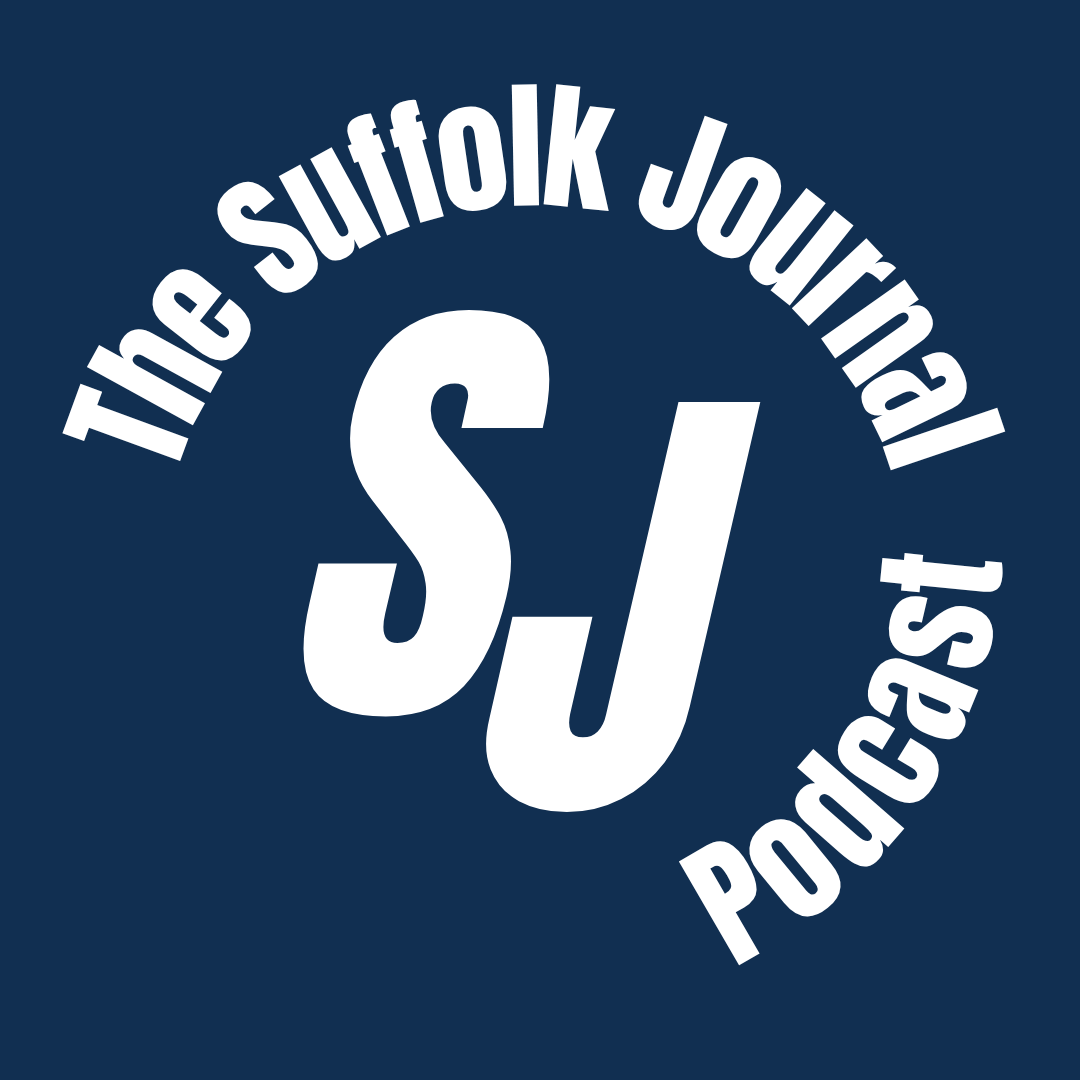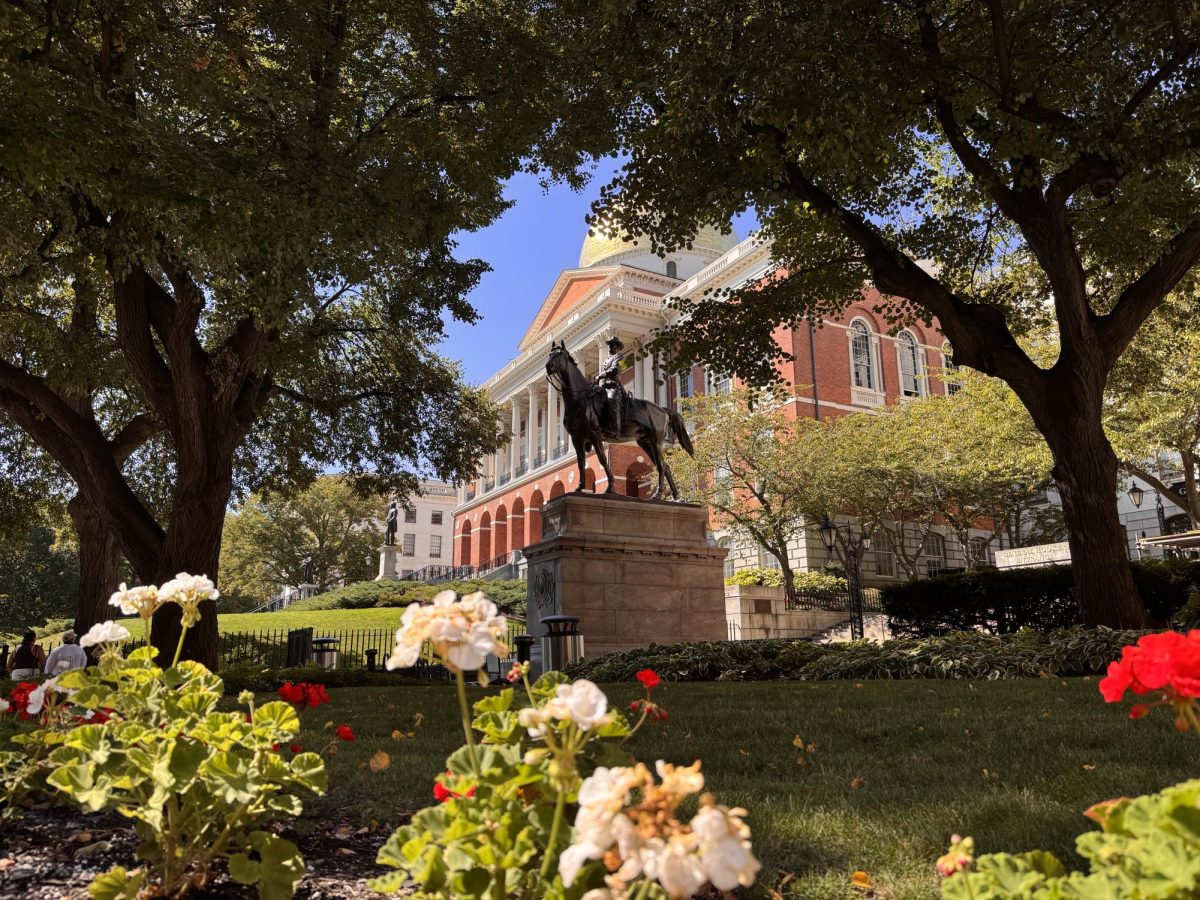Faculty, students, and staff joined Suffolk University President James McCarthy in the C. Walsh Theatre Thursday, the first day of Suffolk’s inaugural homecoming, to discuss the university’s annual report in the fourth segment of the Town Hall meetings.
In its second year, the program, dubbed “Charting the Future,” included seven key themes that will take place over the next five years with the intentions of making Suffolk University a more globally educated institution.
“Much of what has been done [in the first year] is foundational,” said McCarthy.
“Charting the Future” covers topics from challenging students to become global thinkers to promoting rigorous teaching. During the presentation, McCarthy broke down each theme, discussing what it had done in the past year, and where it plans to go in the upcoming years.
The first theme discussed was of student success. A majority of students are aware of the changes that are taking place in 73 Tremont, which includes the combination of the various student services to create CLAS. Within the next 15 to 18 months, all of the services students may need are planned to be located in the library.
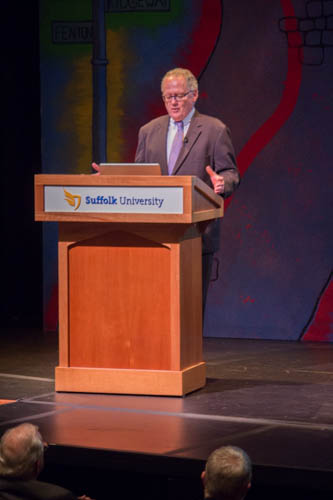
(Photo by Aaron Nevin)
Theme No. 2 included development of innovative, global thinkers. In the last year alone, nearly 20 new internship potential programs have been added to the study abroad program at Suffolk. With the addition of so many new programs allowing students to study abroad, Santander Consumer granted $100 million in the United States for students to travel. Also extending its global classroom included the New England School of Art and Design, which is opening programs in Europe for its students to study. And for the classroom across the Atlantic, Suffolk Madrid has reconfigured its financial plans, making it easier on students who wish to study abroad.
“It’s getting on the right track,” said McCarthy.
The third theme discussed the forging of partnerships in the Boston area in relation with Suffolk students.
Arguably the heart of the “Charting the Future” plan was the promotion of rigorous thinking and scholarship. The bulk of this topic included curriculum development and the funds needed to do so.
“You don’t get the money unless you ask for it,” said McCarthy. In the past year alone, Suffolk has proposed 46 new plans, while having 24 of those proposals rewarded. That is a 56 percent funding rate. In 2013, Suffolk requested $25 million in funding, while in 2012, Suffolk only asked for $6 million.
Theme No. 5 discussed building a cohesive university. With the addition of the 20 Somerset building for 2015, the reconsideration of use of academic buildings has been thought over. Largely noted was the end of the use of Fenton once Somerset is open.
“We’re still considering of what to do with the other buildings,” said McCarthy.
Also noted was the launching of a new website at the end of the year, which would include all three schools, Suffolk University, Suffolk Law, and NESAD to be all in one convenient online location.
“It will be easier to find things,” said McCarthy. In addition, the new website included a concept called ‘data dashboard’ where all key items will be located.
Theme No. 6 included the strengthening of professional governance and fiscal responsibility. It is very noticeable that tuition rates have been increasing in recent history, but as McCarthy strongly stated, Suffolk has always valued affordability.
To conclude his presentation, McCarthy discussed theme seven, the future of education. Mostly noted was Suffolk’s addition of Massively Open Online Courses (MOOCs.) One of the recent additions to MOOCs was one available to anyone called History Flows Through Boston. For Suffolk students, it is a four-credit course online for free.
“I believe we are on the right path,” said McCarthy to end his presentation.
A .PDF of the annual report will be available online within the upcoming weeks.


